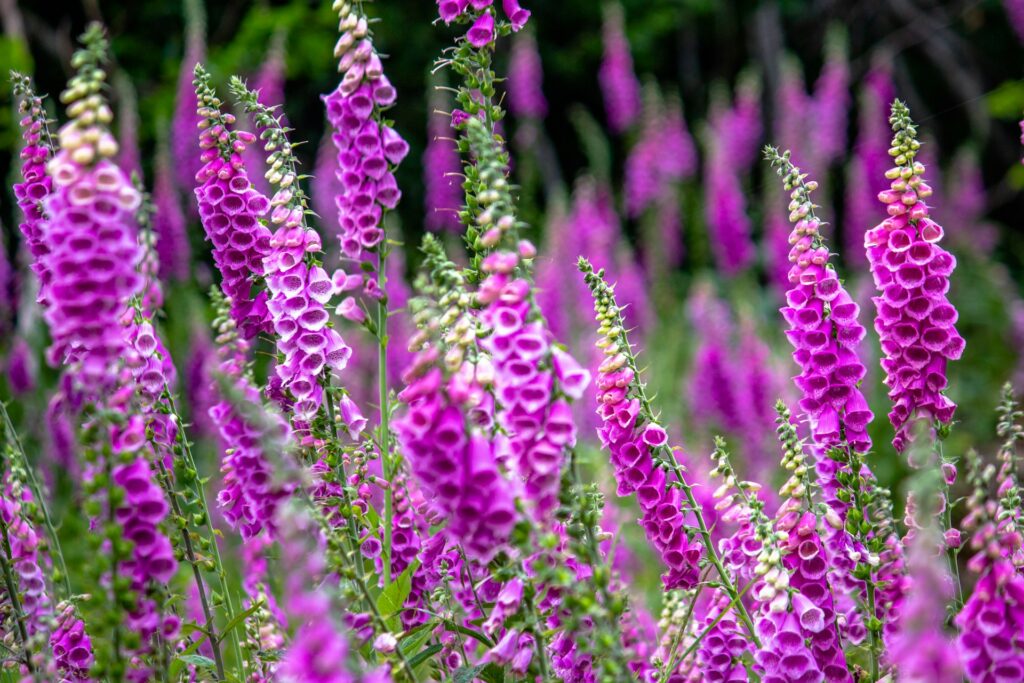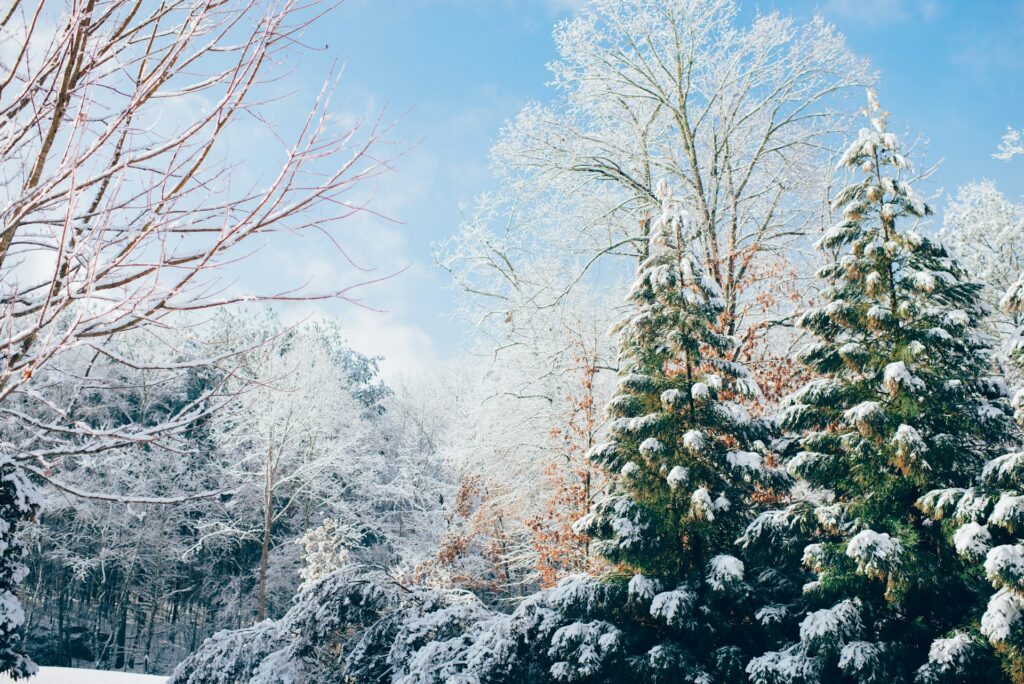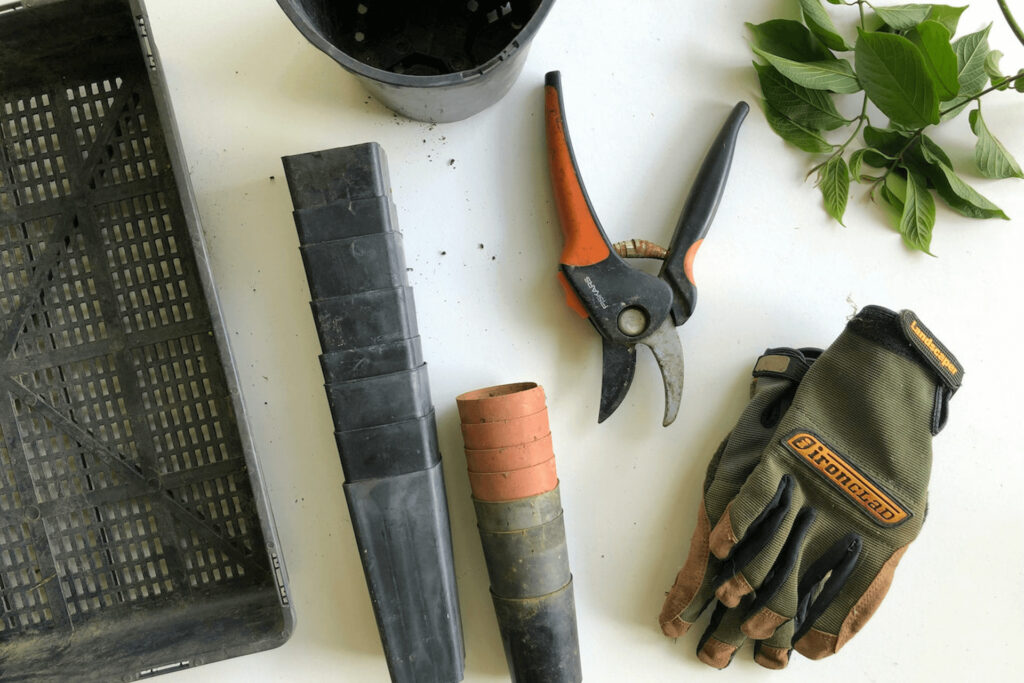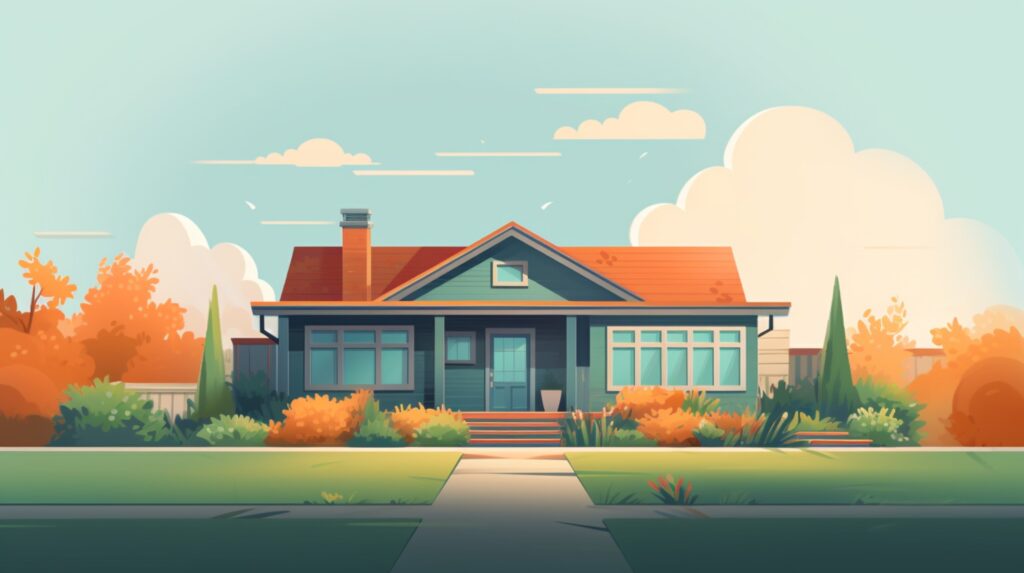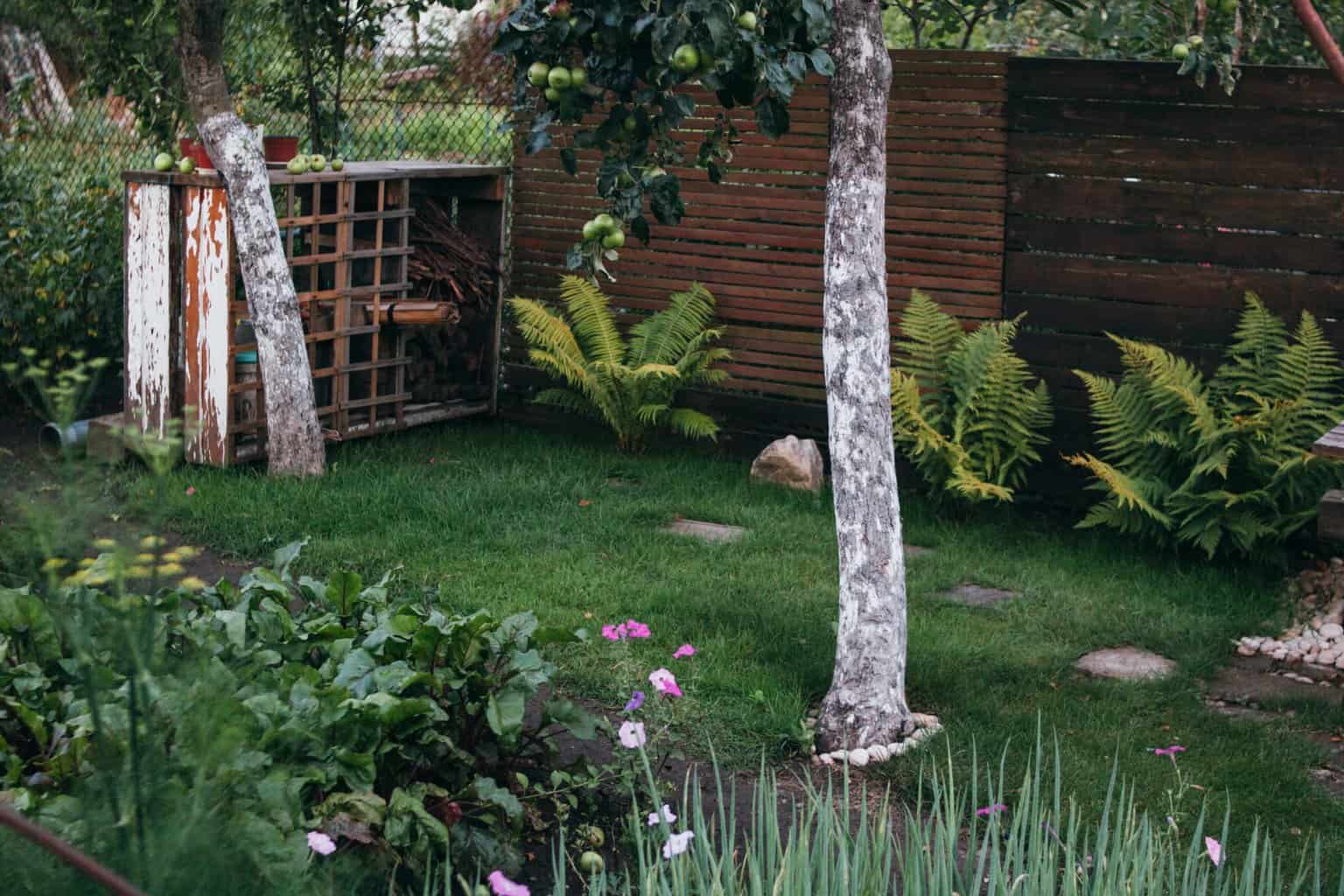
We are reader-supported. When you buy through links on our site, we may earn an affiliate commission.
Taking care of any plant requires time. You get to know what it needs and when it requires a little more attention, but you also learn from your mistakes. A strawberry plant might wither in your garden or a rose bush may quickly die because you went on vacation. Trees are also part of gardening, which makes things complicated for anyone used to smaller plants.
Sometimes trees die in your yard even before you realize it. They may not look any different to an inexperienced eye, but there are a few things you might be able to do to fix it.
Check out these tips on how to save a dying tree in your yard without even acquiring a green thumb. Once you know these techniques, you can step in to help or call a professional for advice.
1. Learn the Signs
The first step you’ll want to take when learning how to save a dying tree is to learn the signs. When humans get sick, their symptoms depend on the virus they’re fighting. Trees get sick in the same way. Depending on the signs they exhibit, you’ll be able to diagnose what’s going on.
These are a few of the most common signs that your tree is sick or dying:
- Leaning to one side or the other
- Branches snapping off on their own or becoming bendy
- Deep cracks forming along the trunk or branches
- Discoloration of the bark
You may also notice bugs crawling in and out of holes in your tree or swarming the trunk. Pests won’t cause a tree illness, but they can contribute to its deterioration and death.
2. Determine the Damage
After you spot the signs of tree decay, you should determine how much damage the tree is dealing with. A spot or two of decaying bark indicates the start of an issue, but if it’s the entire tree, the situation is much worse. The same goes for bugs, weak branches or extreme leaning.
3. Find the Problem
Next, you can use the tree’s symptoms to trace them back to the source of the problem. Mold growth, brown leaves or soft wood that’s rotting could be due to an overabundance of watering, since trees can get water-logged like any other plant. You may also need to move the tree to a different location in your yard with better soil or sunlight. It all depends on the symptoms it exhibits and what you find.
4. Remove Extra Mulch
Mulch is a common material in residential yards because it protects smaller plants and adds texture to a grassy area. However, it’s not great for trees. Piling too much mulch around the trunk could kill the root growth and provide an environment for mold and bugs to grow in the soil. Thinning the mulch around your tree could solve the problem and help it grow again.
5. Study Pruning Techniques
Pruning cuts off excess limbs that the tree may spend tons of energy trying to sustain, which takes away the nutrients the rest of the tree needs to survive. It’s a gardening technique that most trees require once or multiple times per year, depending on your yard.
Your dying tree may need pruning to get rid of the dead branches and start from scratch. Be careful as you start snipping. Homeowners can also damage trees by over-pruning, so research the kind of tree you’re working with to make sure you only cut back the amount it can handle.
6. Boost Your Tree’s Health
It’s also essential to boost your tree’s health whenever you can as it begins to recover. Avoid getting too close to it with machines like your lawnmower or weed whacker. Even little chips or slices into the tree will require extra energy and time to recover from, or they may create an opening for bugs and bacteria.
You can also water your tree a little extra during droughts or hot summer weather. Pay attention to its coloring and leaves to discover if it’s drying out or returning to the symptoms of its old illness.
Get Help When You Need It
Learning how to save a dying tree doesn’t always guarantee revival. Even if you spot these symptoms and take these steps to help the trees in your yard, you may need help. Call a professional arborist if you have specific questions or issues. They’ll take a closer look and assist you in saving your tree if it’s possible.





